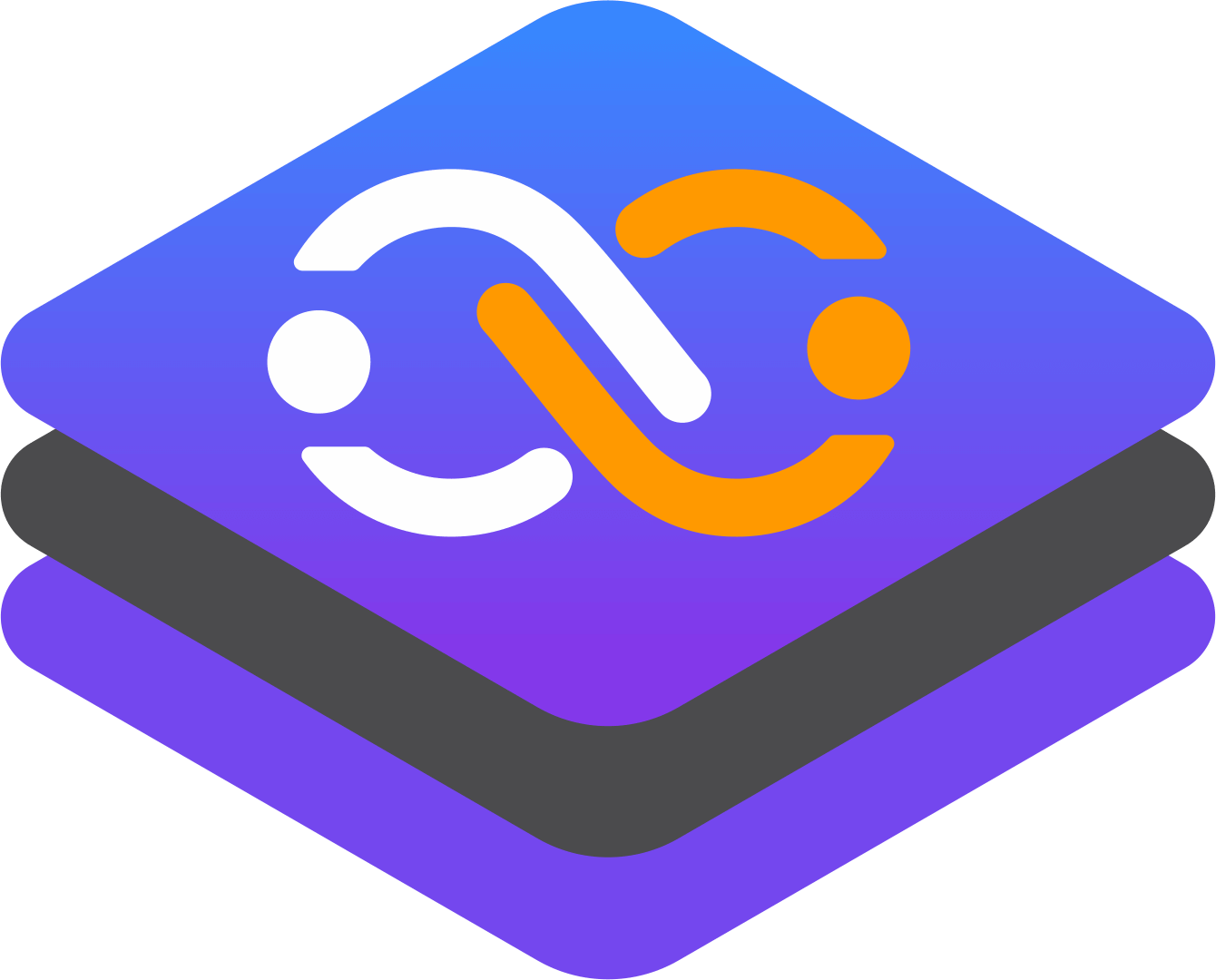Understanding the Role of Golden Path in Internal Developer Platforms

Platform engineering is an evolving discipline that underscores the importance of providing developers with consistent, scalable, and effective tools to foster innovation. In the context of DevOps, platform engineering bridges the gap between software development and IT operations, offering seamless integration and streamlined processes. A pivotal instrument in this nexus is the Internal Developer Platform (IDP).
Internal Developer Platforms are platforms designed within organizations to automate the environments, tools, and workflows that their developers use. It's like a “PaaS” but built and tailored for a specific company’s needs. Within these platforms, a pivotal component that promises standardization and efficiency is the "Golden Path".
What are Golden Paths?
Golden paths are predefined, recommended workflows and environments for developers. Instead of letting developers figure out every process from scratch, golden paths provide a blueprint for how certain tasks should ideally be executed.
These paths ensure that there's consistency in how different developers approach similar problems, thus enhancing efficiency and overall code quality. Furthermore, for startups and enterprises, golden paths are instrumental in streamlining onboarding, making collaboration more intuitive, and promoting knowledge sharing across teams.
Benefits of Golden Path in Internal Developer Platforms
- Enhanced Productivity and Efficiency: Standardized workflows reduce decision fatigue and ensure that developers are working optimally.
- Reduced Errors and Rework: Consistent practices mean fewer mistakes and less rework, saving both time and resources.
- Accelerated Development Timelines: With clear guidelines in place, the development process can move faster, leading to quicker time-to-market.
- Improved Collaboration: With everyone on the same page, collaboration becomes seamless and more effective.
- Easier Onboarding: New team members can quickly understand and integrate into existing workflows.
Designing Effective Golden Path
The creation of an effective golden path involves:
- Understanding Developer Personas: Different developers have different needs. Identify these personas to tailor golden path effectively.
- User Research: Gather feedback from developers to understand pain points and areas of improvement.
- Choosing Tools and Technologies: The tools selected should align with the organization's objectives and the developers' preferences.
- Clear Documentation: Each golden path should be documented meticulously, ensuring clarity.
- Regular Updates: The tech landscape is always evolving. Golden path should be reviewed and updated periodically.
Implementing Golden Path in Internal Developer Platforms
Integration is key. This involves:
- Embedding into the IDP: Golden path should be a part of the Internal Developer Platform, easily accessible and visible.
- Visibility and Tracking: Monitor how often and effectively these paths are being used.
- Promotion: Conduct training sessions, workshops, and other educational initiatives to encourage adoption.
- Continuous Improvement: Use feedback and data analysis to continuously refine and improve golden path.
Challenges and Considerations
Every innovation comes with challenges:
- Resistance to Change: Some developers may prefer their established workflows.
- Flexibility vs. Standardization: Striking a balance is crucial.
- Evolving Tech Landscape: Ensuring that golden path remain relevant amidst rapidly changing technologies.
- Monitoring and Maintenance: Continuous efforts are needed to ensure golden path retain their effectiveness over time.
Golden path, when well-implemented within Internal Developer Platforms, can revolutionize the way startups and enterprises function. They promise consistency, efficiency, and a unified vision. However, the key lies in continuous improvement and adaptation, ensuring that these paths evolve as the organization grows.
